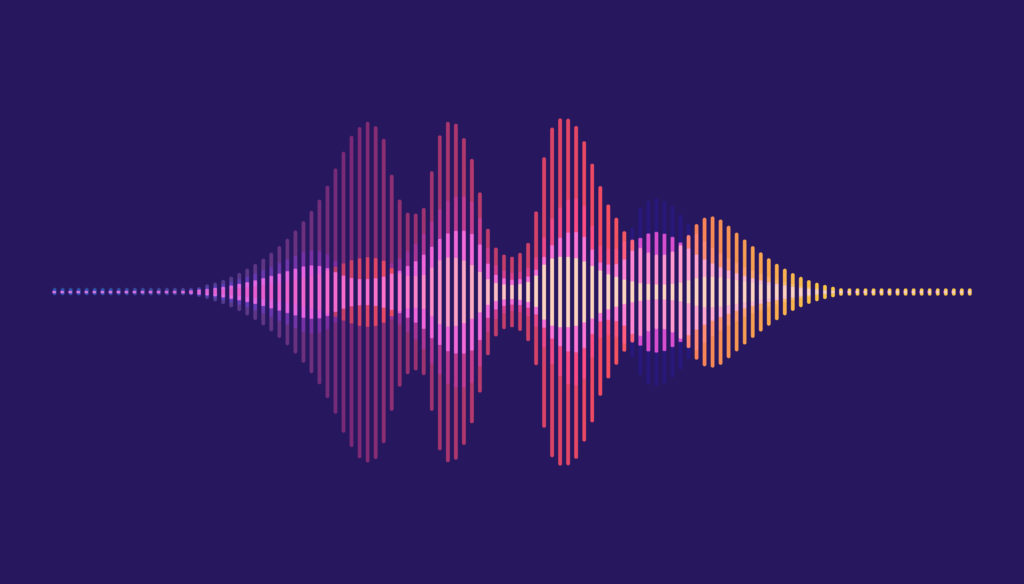In this activity, students experiment with tuning forks to produce various pitches and volumes.
Tuning forks allow us to study the basic qualities of sound first hand. A tuning fork emits a pure musical tone (after waiting a moment) as it vibrates after you strike it.
There are 2 basic qualities of sound:
- Pitch (high & low)
- Volume (loud & soft)
Pitch is related to frequency. Changing the number of vibrations per second changes the pitch. The pitch that a particular tuning fork generates depends on the length of its prongs. Each fork is stamped with the note it produces (e.g. A) and its frequency in Hertz (e.g. 440 Hz). Shorter prongs produce higher pitch (frequency) sounds than longer prongs. Long prongs will bend more readily and therefore tend to vibrate at a lower frequency when struck.
Volume, or loudness, is related to the strength, intensity, pressure, or power of the sound. Bigger/ amplified vibrations result in bigger/louder sounds. There are a few ways of varying the volume of a tuning fork.
Hitting the fork harder will produce a louder sound because the initial vibration was larger.
Touching the vibrating fork to a table after being struck produces a louder sound. When both the table and the tuning fork vibrate, more air molecules are moved than by the tuning fork on its own.
Placing the vibrating fork on a resonance box focuses the sound and makes it echo rather than letting the sound wave/vibrations spread out, resulting in a louder sound.
Touching a vibrating fork to clothes or your hand causes a damping effect on the vibrations (reduction in size) and the sound disappears. The energy from the vibrating fork is converted to moving your skin or clothes rather than moving air.
Both pitch and volume are subjective. These words refer to what the listener experiences.
Resonance is the tendency of an object to vibrate at maximum amplitude (size) at a certain frequency. This frequency is known as the object's resonant frequency. Acoustic (sound) resonance is an important consideration for instrument builders, as most acoustic instruments use resonators (think of the box of a guitar or a violin, or the hollow body of a drum).


